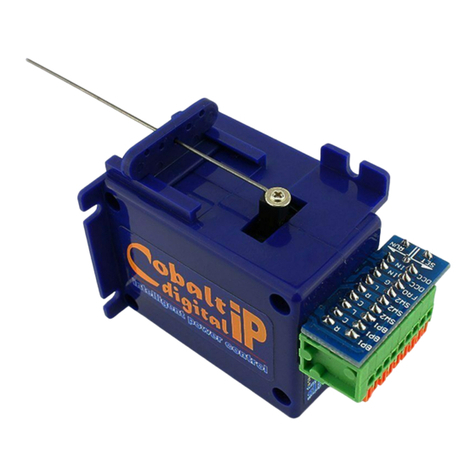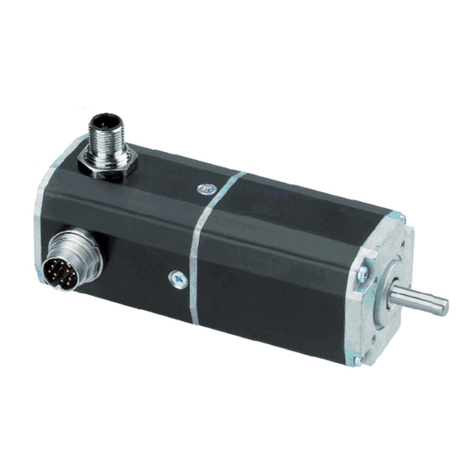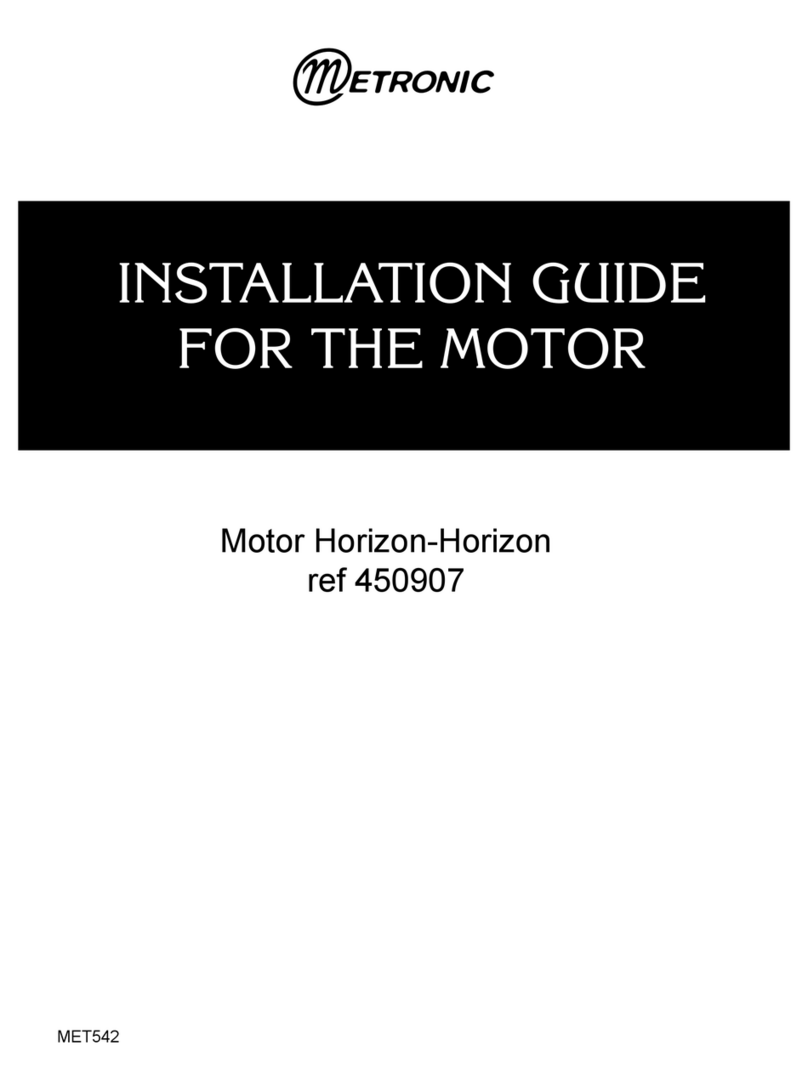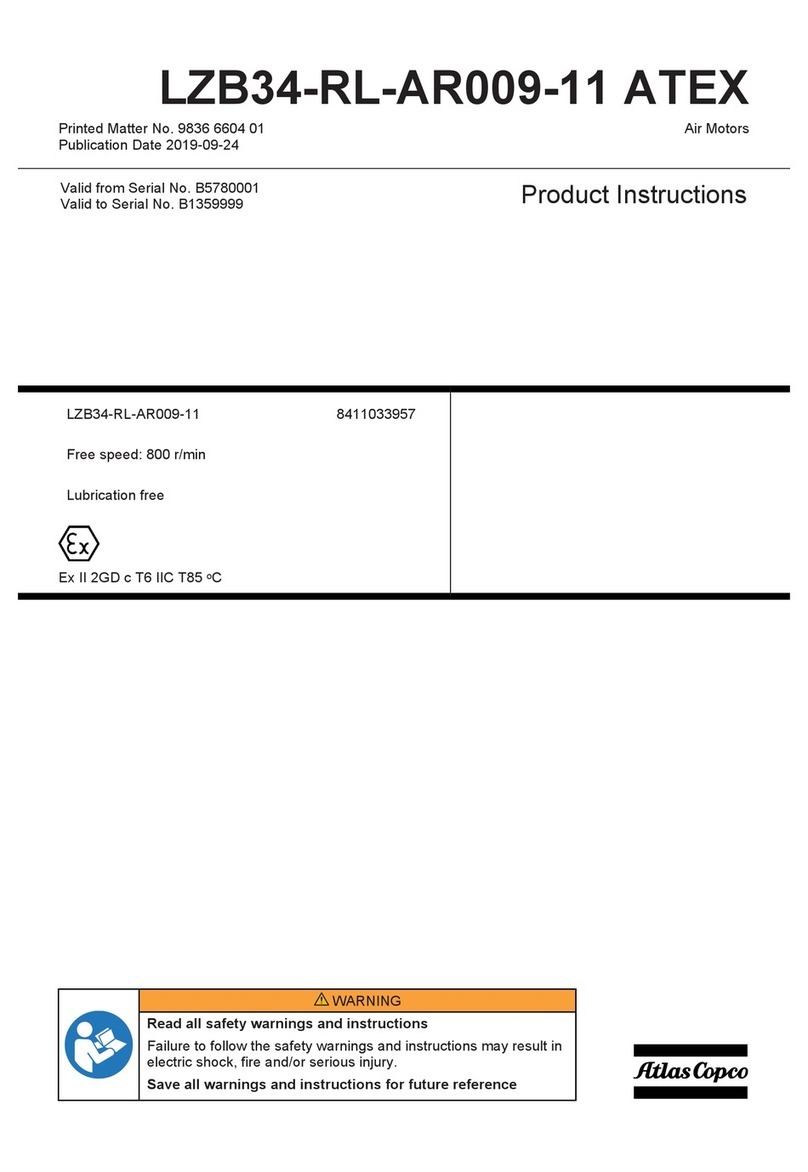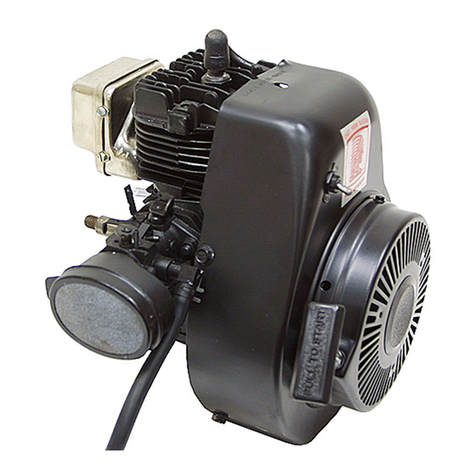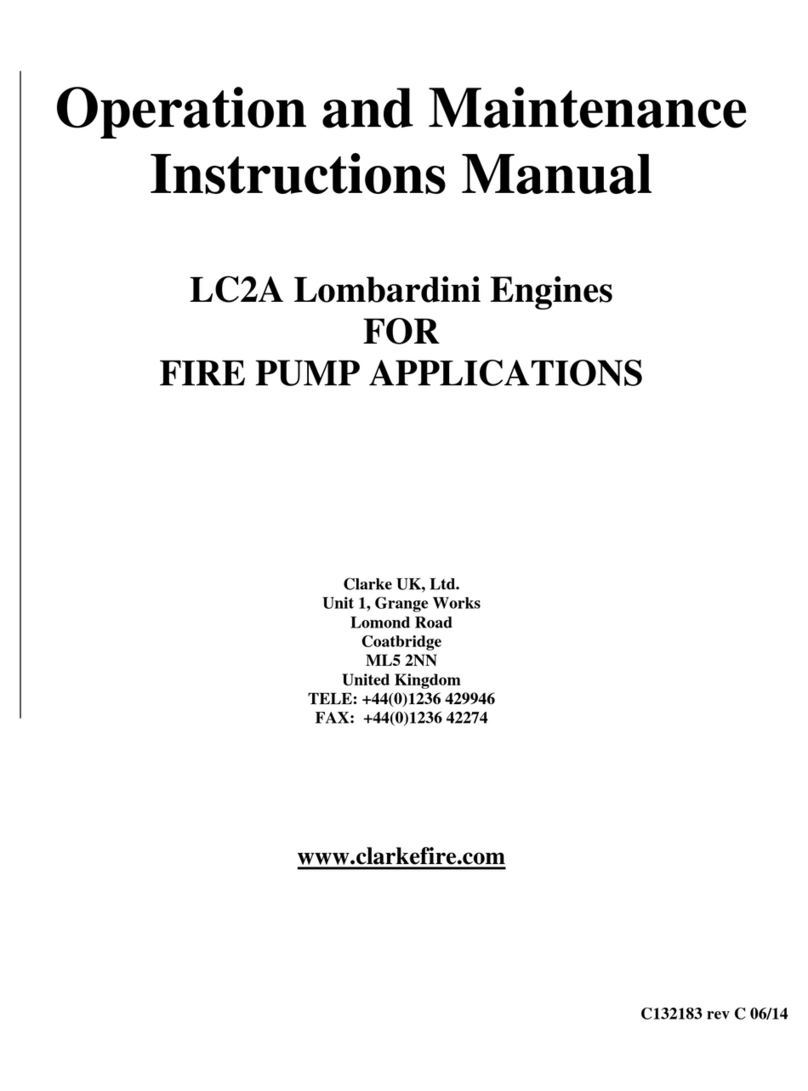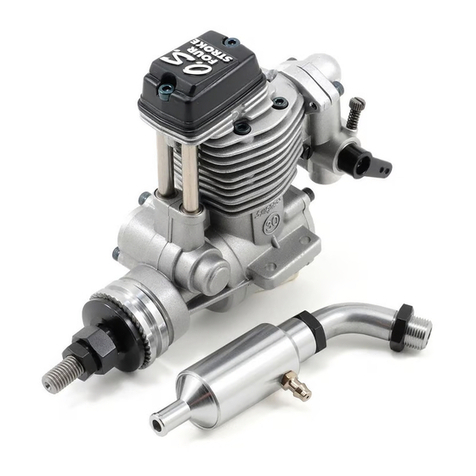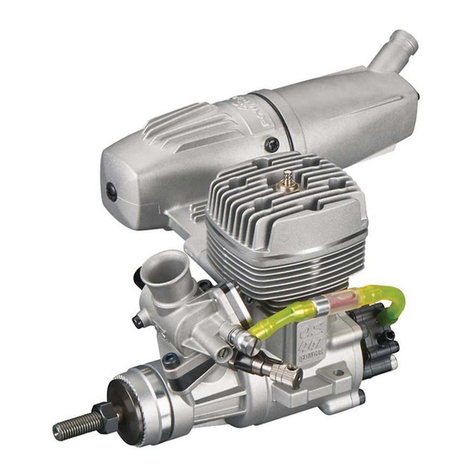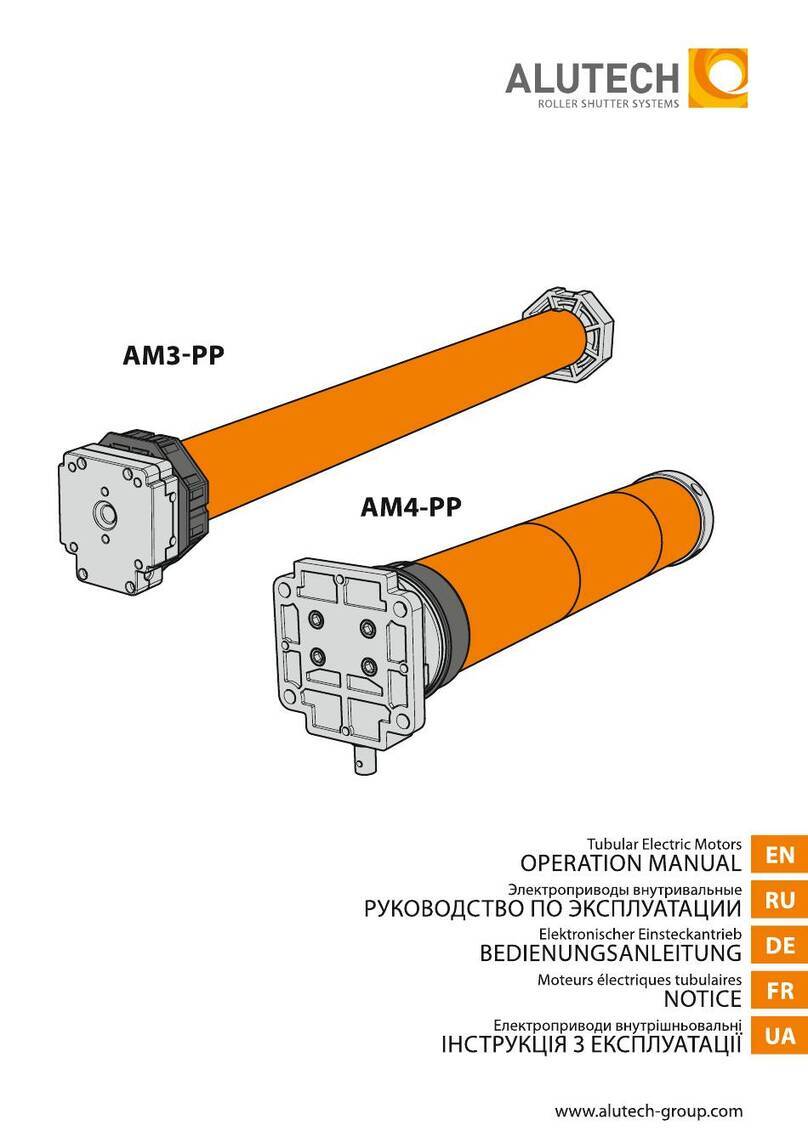DCCconcepts Cobalt IP Analog User manual

Installing the Cobalt iP Analog turnout motor
First, assemble your Cobalt ip Analog turnout motor: The throw
arm is already pre-centred to make this easy for you.
(1) Insert the fulcrum bar into the slides (The horizontal part of the bracket with the
holes can be either at the top or bottom . We usually have it at the bottom).
(2) Now add the throw wire, passing the straight end upwards through the centre hole
of theadjustable fulcrum bar and then inserting the bent end of the wire into
the smaller top hole on the end of the throw arm.
Secure the throw wire in place with the washer head screw provided.
(3) Add the pre-cut self adhesive foam pad to the top of the Cobat iP Analog
motor (leave the protective top on the pad until ready to install)
Now we are ready for the installation.
As well as the pre-cut foam pad, we include mounting screws with every
Cobalt iP Analog turnout motor so all you will need are basic tools.
You will need a screwdriver and a drill, plus both 1.5mm (for screw pilot
holes) and 10mm drills for the throw-wire installation. (The exact drill sizing
you use is not critical so close or imperial sized drills will be OK). If the
baseboard is over 20mm/0.75” thick, increase the larger drill size.
(1) Mark the position of the hole in the turnout tie-bar with the turnout blades
held at their mid-way position. This hole may be at the centre or at the end
of the tie-bar.
(2) Make a pilot hole at that mark, then drill right through the baseboard
using the larger drill bit. Be sure to keep the drill vertical as you drill.
(It is also good practice to use a countersink bit to clean up the hole top and
bottom a little after drilling)
(3) Remove the top protective layer from the self adhesive pad and from
below the baseboard, insert the throw wire into the hole in the tie bar. When
you are sure that your Cobalt iP Analog is centralised relative to the hole,
and aligned properly along the turnouts axis, press it into position on your
baseboard. (it can face either way). Test operation.
(4) Adjust the fulcrum bar as needed by raising or lowering it. Lowering it
increases throw & blade pressure. Raising it reduces throw & pressure.
(5) When happy with operation, add a small drop of PVA to the case where it
meets the fulcrum bar to hold it in position.
(6) Use screws provided to screw Cobalt iP Analog permanently in position.
Cobalt turnout motors and the Co-
balt accessory range are designed
& manufactured by
DCCconcepts Ltd.
salesuk@DCCconcepts.com
www.DCCconcepts.com
Cobalt iP Analog turnout motor Specications
Dimensions:
Power:
Connection:
Control:
DCC/Digital:
Body only: 28mm x 38mm x 52mm deep
Top overall inc Fulcrum and tabs: 40mm x 45mm
Depth inc soldering-free connectors: 68mm
7~23v DC. Drive static <5mA, active average <40mA
9 way spring terminals. Wire diameter up to 32x.2 or 18g.
Ideal .16x.2 or 20g. Minimum 7x.2 or 24g
Change turnout by reversing polarity of DC voltage. Use
SPDT switch & DCCconcepts PSU-2, DC supply plus DPDT
switches. DCCconcepts switch packs are economical and
include both switches and a panel LED selection.
Use with our DCCconcepts ADfx-2 or ADfx8 decoders for
the best overall performance. If you will use other brands
pre-check their performance. (Cobalt iP Analog draws very
little, but some brands are actually very weak).
Cobalt iP Analog Life-time Warranty
DCCconcepts’ guarantees and warranties are always made in respect of the orig-
inal owner of the products. While our rst priority is to always be sure that users
of our products are given the best possible service we do also reserve the right to
request proof of purchase so we can properly establish that you were the original
purchaser and user of the product.
DCCconcepts use the best quality materials, thoroughly testing each and every
Cobalt iP Analog motor multiple times prior to packaging them for sale and so we
have no hesitation in providing you with the best warranty possible.
Simple promises only need simple words:
If your Cobalt iP Analog ever fails or needs service when it is being used
under fair and reasonable conditions we will repair/replace it at no charge.
We offer this guarantee to you for as long as you own it.
Owners Manual
Cobalt iP Analog turnout motor.
iP stands for “Intelligent power”.
The DCCconcepts Cobalt iP Analog turnout motor includes a
sophisticated internal electronic control system that interactively
adapts itself to a wide range of power supply voltages. Cobalt
iP Analog also manages its own power usage, montoring need
and only drawing power only when it is needed. Cobalt ip
analog is comfortable with drive voltages from 7 to 23 volts and
it is usable with all scales, from the diminutive T scale, to Z, N,
TT, HO, OO, EM, P4, S, O & G.
Cobalt iP Analog is easy to install, quiet and very reliable. It
has three inbuilt SPDT switches - One is directly “Diode linked”
to the drive power inputs for computer IO (feedback) or other
low power applications. The other SPDT switches are fully
independent with higher power handling for frog power control
or any other switching needs you may have. This makes
DCCconcepts ip analog incredibly versatile and the answer to
almost any conceivable layout wiring need!
Cobalt iP Analog can be powered by any voltage between 7 and
23v DC and it is changed by reversing the polarity of the DC
power. Interactive power management ensures that your Cobalt
iP Analog is also very comfortable with larger scales that have
higher accessory voltage power supplies or DCC accessory
decoders with higher output voltages.
Please read all of this manual before you install your Cobalt iP
Analog. It contains lots of detailed information you’ll need.
OWNERS
MANUAL
Cobalt
Analog
iP
CB iP Analog -A-0314
20181216

Advanced wiring diagram for DIGITAL control with the
versatile DCCconcepts AD2fx & AD8fx Series Decoders
DCCconcepts AD2fx andAD8fx Decoders have enough power to change
several Cobalt plus new features including optional 1 or 2 button control
AND direct computer IO or feedback. They work well with DCC & DC too
Left Rail (L)
Right Rail (R)
Turnout Frog (C)
Common (C)
Left (L)
Right (R)
Use this wire for
LED, Signals or
anything similar
Add LEDs to your control panel
by putting them in series with the
BLUE wire to each Cobalt Motor
DCC POWER 7~23v
(or DCC accessory bus)
ADfx
output
#1
ADfx
output
#2
ADfx
output
#3
Advanced wiring diagram for analog control using the
innovative DCCconcepts SPS 12 Split power supply
Add LEDs to your control panel
by putting them in series with the
BLUE wire to each Cobalt Motor
Left Rail (L)
Right Rail (R)
Turnout Frog (C)
Common (C)
Left (L)
Right (R)
Use this wire for
LED, Signals or
system feedback
Cobalt iP Analog has a convenient “direction change switch” right on the
PCB, so if your computer or layout operations need you to reverse the
direction of turnout control all you will need to do is change the switch!
Basic wiring diagram for analog control using a more
conventional single output regulated DC power supply
If you do not use our Switch packs,
then you will need to cross-wire a
DPDT switch like this example.
Left Rail (L)
Right Rail (R)
Turnout Frog (C)
Common (C)
Left (L)
Right (R)
Use this wire for
LED, Signals or
system feedback
Add LEDs to your control panel
by putting them in series with the
BLUE wire to each Cobalt Motor
Regulated DC
(7~23v DC acceptable)
Power in Power out
Wiring your Cobalt iP Analog turnout motor
Important: Cobalt iP Analog has a different range of
connections to the original “Cobalt Classic” motor
There are 9 spring terminals on the motor. The terminals
will accept a wide range of wire sizes. Use the heaviest
convenient wire size. The wire should be stripped carefully
exposing appx 10mm of bare wire. The best method is to
“ring-strip” the insulation and then twist it as it is removed,
This ensures that there are no free copper strands.
Note: The wire will always be more secure if it is NOT tinned
This drawing shows the label that is applied to each
Cobalt iP Analog turnout motor. Wiring information is also
repeated on the bottom of the PCB to ensure it’s never lost.
1,2
3
4
5
6
7
8
9
DC / DCC decoder power input. Range 7~23v
Common for 1 & 2. For feedback, LEDs, other
Switch 2, Left terminal
Switch 2, Right terminal
Switch 2, Common Terminal
Switch 3, Common Terminal
Switch 2, Left terminal
Switch 2, Right terminal
Note please:
Switch 1 is for
low power use.
Switch 2 and 3
are both high
power / max 5A
1 2 3 4 5 6 7 8 9
These should be
SPDT switches
(on-on type) PB
or Toggle OK
Other DCCconcepts Engine manuals
Popular Engine manuals by other brands

Siemens
Siemens RGZESDI Installation and operation manual
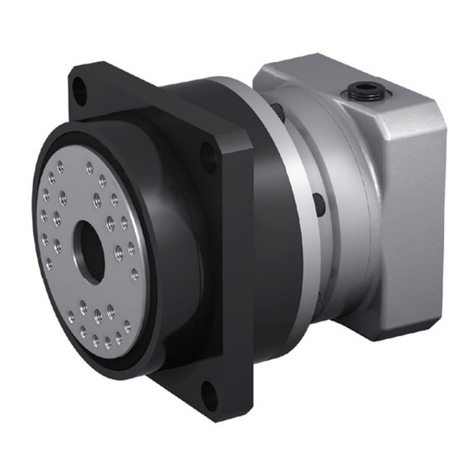
Sumitomo Drive Technologies
Sumitomo Drive Technologies IB Series manual
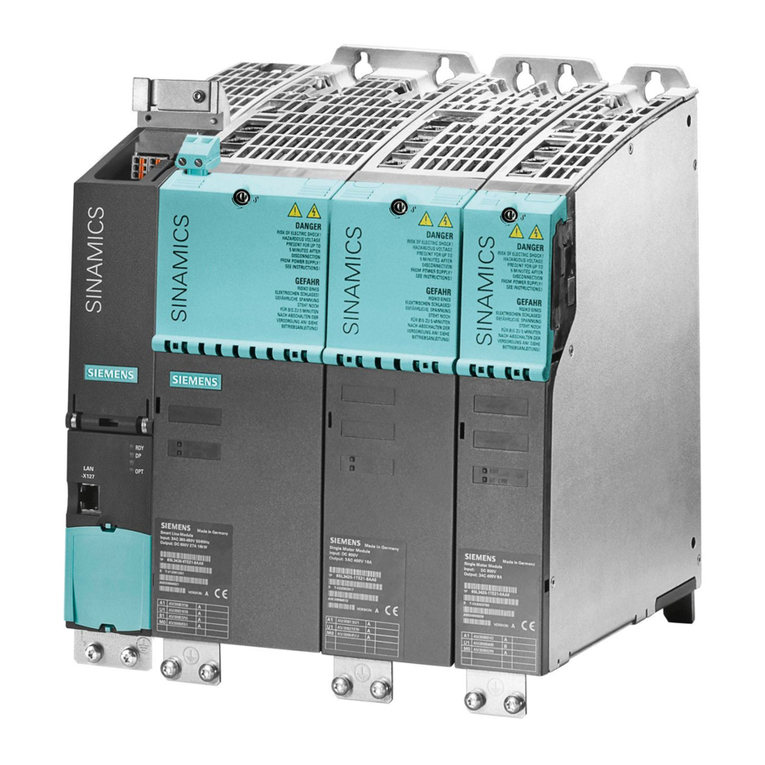
Siemens
Siemens SINAMICS S120 Configuration manual

Volvo Penta
Volvo Penta AQ145A Workshop manual

Ebmpapst
Ebmpapst M3G084-DF18-81 operating instructions

Chicago Electric
Chicago Electric 07570 Assembly and operating instructions
